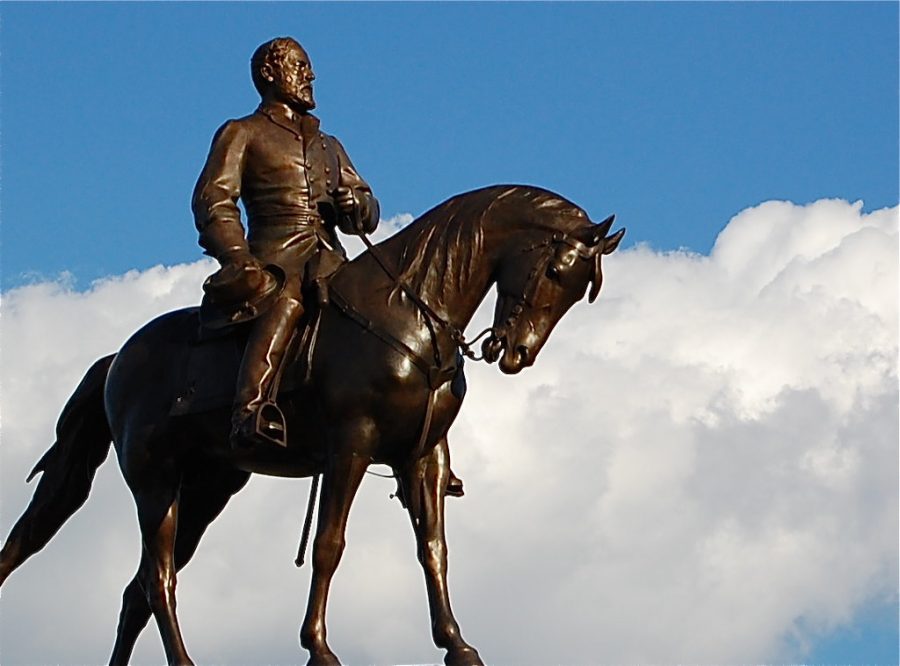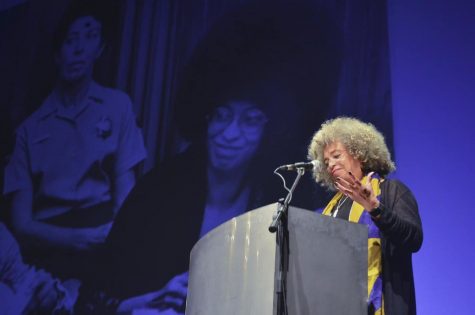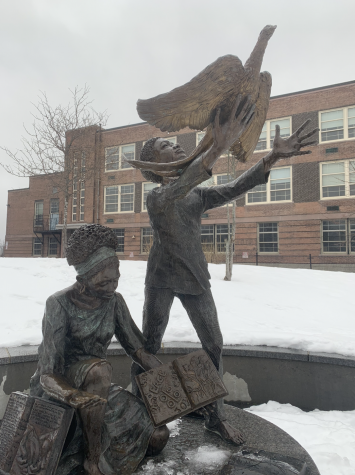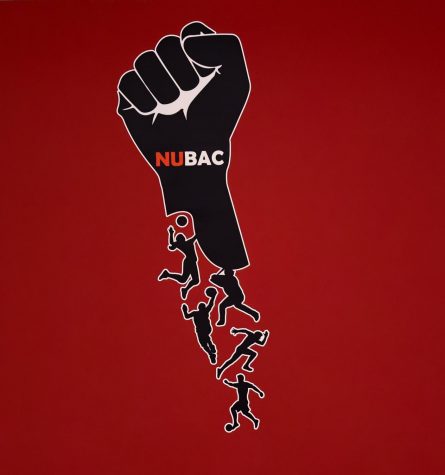Column: It is time to reconsider our statues
"Robert E. Lee statue" by b__watkins is licensed under CC BY-ND 2.0
Many statues, such as this one honoring Confederate General Robert E. Lee, have sparked controversy.
February 19, 2021
The removal of statues and monuments is not a censorship of history, for the statues themselves erase key parts of history, idolizing individuals solely by showing their likeness and name. The humanity of the person is covered with a thick metal cast, and it’s left up to the viewer to investigate further. For most, however, that extra effort is not put in; they just think that person must’ve been pretty special and admirable to get a statue on a pedestal in some park.
It is only in the past decade that some statues are receiving the scrutiny and criticism they deserve. Efforts to remove Confederate statues and monuments have grown in strength and intensity with various degrees of success, but there has only been moderate change in how the United States depicts its past. Mostly, this stems from the lack of support for the reconsideration of other monuments.
Confederate soldiers are clearly the “bad guys” of history, so most Americans are comfortable supporting the removal of their monuments. Other historical figures — ones with complex lives and ideas — are more difficult to reconsider. As a result, most of the calls to re-investigate history are ignored.
This must change.
I firmly believe that the same critiques used against Confederate monuments, such as those of General Robert E. Lee, are just as applicable to other historical figures.
Across the American South, Lee’s name and likeness can be found on or in schools, government buildings, parks and street names. Indeed, it goes unquestioned by most Southerners since it has seemingly come with the region, a region in which some of its inhabitants remember the Civil War as a glorious fight for Southern sovereignty. Remnants of this belief are even found beyond the South in places like Washington D.C. and Massachusetts. To understand why the Confederate myth remains prevalent across the United States, we must turn to the aftermath of the Civil War.
Upon their return to power, these Confederates were not severely punished for their treason or for perpetrating slavery; instead, under the guidance of then-President Andrew Johnson, many former Southern elites seemed to be welcomed back with open arms.
Naturally, such actions were hotly contested by radical Republican senators who saw the victory over the South as an opportunity to provide human and civil rights to newly freed Black Americans, but their efforts were thwarted by moderate Republicans and the newly empowered Democrats, who eventually weakened the 13th, 14th and 15th amendments and acquitted President Johnson during his impeachment trial. The rebuilding of a nation was no longer in the hands of the victors and champions of emancipation; it was in the hands of Confederates and moderates across the aisle who believed that the war was more for preserving the union than for the basic human rights of Black people. This period of rebuilding, called Reconstruction, was characterized by a reinstitution of racial oppression through actions other than enslavement, including suppressing voting rights, instituting segregation, building an institution of sharecropping and strengthening the police.
To uphold the new era of oppression, white elites constructed the narrative of a “Lost Cause.” This new story depicted Confederates not as upholders of slavery but as martyrs who stood for states’ rights and liberty. A generation later, making the true story of their predecessor’s defeat into a fairy tale of their victory, Southern governments and federal representatives funded the construction of Confederate monuments. They did this to honor and celebrate the Confederate cause, not to remind the public of the horrors of the past and our nation’s true history. According to the Southern Poverty Law Center, most of the statues we see today were built during this period of the Jim Crow South. We must remove these statues if we are going to end the “Lost Cause” narrative for good, but there are even more stories that need revision.
We must also recontextualize the monuments of our founders, whose personal histories and legacies are more complicated than the Confederates. The men of the Enlightenment who professed a love of liberty and equality were the same men who viewed Black people as genetically inferior to whites. Thomas Jefferson, a respected leader of knowledge and freedom, owned enslaved Africans, supported the disempowerment of women and sought the removal of indigenous peoples; George Washington, perhaps the most idolized American, also owned enslaved Africans and claimed that one of the reasons he supported the revolution was to protect his “property” from British emancipation; and even the beloved Alexander Hamilton has come into question for his involvements in the slave trade.
Do we really want to continue glorifying these men as bronze or marble idols in a neoclassical temple, completely ignoring their glaring hypocrisies? To fully capture the life and ideas of a person, one must do so in a museum or a book — not in a statue. Statues are for heroes who exemplify the narratives we wish to tell as a diverse, united nation.
What statues should remain, then? It is a difficult question to answer, for we must decide what aspects of a person’s history we are willing to overlook. Yet it is a worthy undertaking, especially during Black History Month, when the people forgotten by history finally get the praise they deserve. The images we choose matter greatly for the education of our nation’s children and adults alike. Of course, we should not remove every statue — there are truly admirable people and ideas in this world — but we must have these discussions if we are ever going to steer our nation to true justice and equality.
George LaBour is a fourth-year combined economics and history major. He can be reached at [email protected].


















